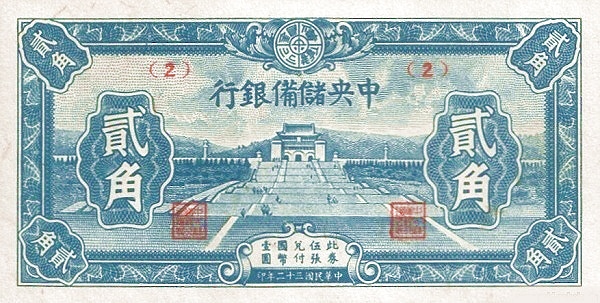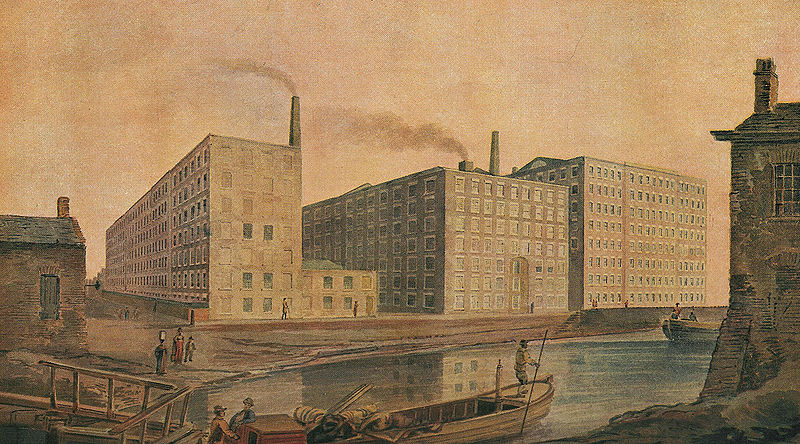An interview with Francisco Cebreiro Ares, by Zane P. Jennings (14 June, 2022).
Economic historian Francisco Cebreiro Ares tells us about his process for bringing previously-undigitized archival sources into digital datasets, his thoughts on economists and historians working together in the near future, and what advice he has for the next generation of scholars in economic history.
In Madrid last April a group from across a spectrum of disciplines in history and the social sciences met to present and discuss their work on new primary sources and the history of capitalism. After a few days of discussion about research and archival data, everyone agreed: historians and social scientists should work closer together. How and whether that working relationship would improve remained up for debate.
Francisco Cebreiro Ares hosted that workshop alongside Damian Clavel (University of Zurich). Francisco is an economic historian in the Universidad Complutense de Madrid’s Department of Modern and Contemporary History. In 2019-2020 Ares completed a post-doc in LSE’s Department of Economic History. Still early in his career, Francisco has already published work on several subjects, including on the history of money, the sociology of gender and credit in early modern Galicia, Spain, and the structure of meat markets in early modern Porto, Portugal.
I spoke to him about his working process as a historian bringing previously-undigitized archival sources into digital datasets, his thoughts on economists and historians working together in the near future, and what advice he has for the next generation of scholars in economic history.
The following interview has been edited for clarity.
You’ve written on several topics – the history of banking, the historical sociology of gender and credit, the development of the market for meat – mostly based in a specific place and time, Galicia (north-western Spain) at the end of the 18th century. What motivates your research? How have you evolved?
It’s true, I have, in a way, a broad focus for research. I am not only interested in finance and money, though those were my first interests. When I started my PhD, I wanted to know which kinds of coins and mediums of exchange common people used in 18th century Galicia, and if this made any difference in socioeconomic terms. So, my first interests were in the socioeconomic history of money, and how that is relevant at different levels of society. From there I became more interested in how markets arose in history, how markets get their structure: in social terms and in price formation. When I found a wonderful source from Porto’s Council Meat Administration, I wrote about the meat markets in a regional perspective.
The second main point of my research is the tension between the periphery (sparsely populated and relatively less developed economic regions) and the economic centre of late-medieval and early modern Europe, first Venice and then Amsterdam and London. I grew up in the periphery of Spain, in Galicia. There is a complex relationship between peripheries and the core, or the centre. I became interested in how peripheries and centres relate to one another, how peripheries are important during periods of war for finance and trade. During periods of change – such as a period tremendous war – economic centres change. I find that peripheries are especially important during these periods of change. From the banking correspondence of the Banco de San Carlos (a central banking initiative in 18th century Spain) in the port city of Coruña, I find that Galicia can help explain how Amsterdam and London developed.
Unfortunately, most of my work has been published in Spanish. That’s something I hope to improve.
How the economic historian discovers, formulates, and pursues questions shapes the body of work that scholar will produce over a career. What’s your process?
First of all, I spend a lot of time in the archives. If you go very quickly when you transform the archival information into a dataset, you are more likely to have to change it in the middle of the research project. That delay might take weeks.
When I find a source I want to pursue, I try to understand the source’s purpose. What were the objectives of the source, what did the makers of the source seek to accomplish with it? How was the documentary source built? How is the information within it structured? What is the basic unit of information?
I try to get a good understanding of the structure of the information. Usually, you find a wide range of characteristics. I try to organize those characteristics from the simplest to the most complex. Ideally, I design the dataset to include both the basic unit and the more complex information.
For example, when working on records of credit transactions, I can figure out who the individuals are, where they are from, the nature of the transaction. From this you can make a typology of information. I address each cornerstone of the data: gender, space, age, amounts, etc., and from this information create some descriptive tables. Then I think through how these descriptive features might relate to one another. Did the amount lent or borrowed change with other variables, such as distance, civil status, etcetera?
Economics and history have different approaches. Accordingly, they pursue different questions and pitch their work to different audiences. Economic history has the potential to speak to both audiences but often gets stuck only speaking to one or the other. How do you see the relationship between historians and economists working on economic history?
An historian and an economist working on economic history are influenced by several different elements: the department structures, theoretical formation of their research, journal markets, and – usually forgotten – different teaching. However, the common ground is powerful. Usually, historians know the context and the sources better than economists, while economists have better questions and mathematical analyses. The best research comes from the merging of both traditions.
Complex statistical works have been good for economic history, but we need the datasets, and we need those putting the datasets together to know those sources well. As I said before, it takes a lot of time to understand in a historical perspective the structure of an archival source’s information and the nature of the categories addressed. The quantitative side can sometimes move too quickly. It takes the flesh from the bone, so to speak. The context of those numbers gets lost, and the analysis is prone to answering contemporary problems with contemporary terms.
It used to be that a historian would spend 6-10 years on an archival source. We can’t work like this anymore. This is in some way a consequence of the market structure for academic work. If you have to publish a paper once a year, you can’t spend 10 months in the archive. I think the consequences of this market structure are potentially very serious for economic history.
At the workshop you hosted I got the sense that in Spain there is a lot of energy from both economists and historians for economic history. Is this fair? What do you see for the future?
Yes, I think your sense is correct. Something is happening in economic history in Spain. Economic history here in Spain is in a process of renewal, embodied by a new generation of historians and economists who had the opportunity to travel abroad and connect with the global academic community. At the same time, this new generation sees the old debates about the historical role of imperial Spain and its comparative backwardness as a fruitful land to work in.
Furthermore, in Spain there is a good relationship between historians and economists. Because the history departments were revived under a strong influence of the Annales School in the ’60s, ’70s, and ’80s, lots of historians know well and think critically about demography, economy, and regional analysis. I wasn’t alive then, but I’ve read and now work with that research. I believe the Annales School built a bridge between economics and history.
If you want to know my opinion on the future of Spanish scholarship in economic history, I would like to see more joint projects between both economists and historians. From youth scholars’ workshops to ERC projects, more collective labour is needed to achieve better results. I can see the benefits of a PhD student who is co-directed by an historian and an economist at the same time.
Some of our readers are students. As a professional economic historian, what do you wish you had studied, and what are you glad you studied?
I probably would’ve pursued a master’s in economics to learn the tools of mathematical analysis. I wish I started younger with mathematical analysis. I have to acknowledge that: it’s true, economists have powerful tools. I’d love to be part of that. On the other hand, I did my master’s in international law. That gives me a valuable legal perspective, which plays an important part in economic history. With institutional economics this is quite clear, and my background helps me work within that literature.
Three books every aspiring economic historian should read?
The Great Transformation by Karl Polanyi. The most powerful ideas of The Great Transformation are 1) When we tried to protect a society from the worst effects of capitalism, these protections made capitalism sustainable; crisis improved capitalism. 2) A number of economic historians previously thought capitalism was created by merchants. The Great Transformation shows us that capitalism was built by lawyers.
- Grundrisse by Karl Marx. In the first volume Marx gives his thoughts on the double nature of money in the light of the British Bullion-Committee debate and the French reform with Darimon. This is hard, for sure, but very helpful to understand the difference between intrinsic and formal value.
- Civilization and Capitalism by Fernand Braudel. This work in three volumes is the perfect picture of the dynamics between the traditional economy, space, time, and transformation that has ever been written. At the beginning it was planned to be only one volume. So, the first one is like a tool-box or a compendium of the instruments and “characters”: people, cities, money, continents. And in the second and the third you see the movement; they play over three centuries on global scale.
Thank you for your time, Francisco.




